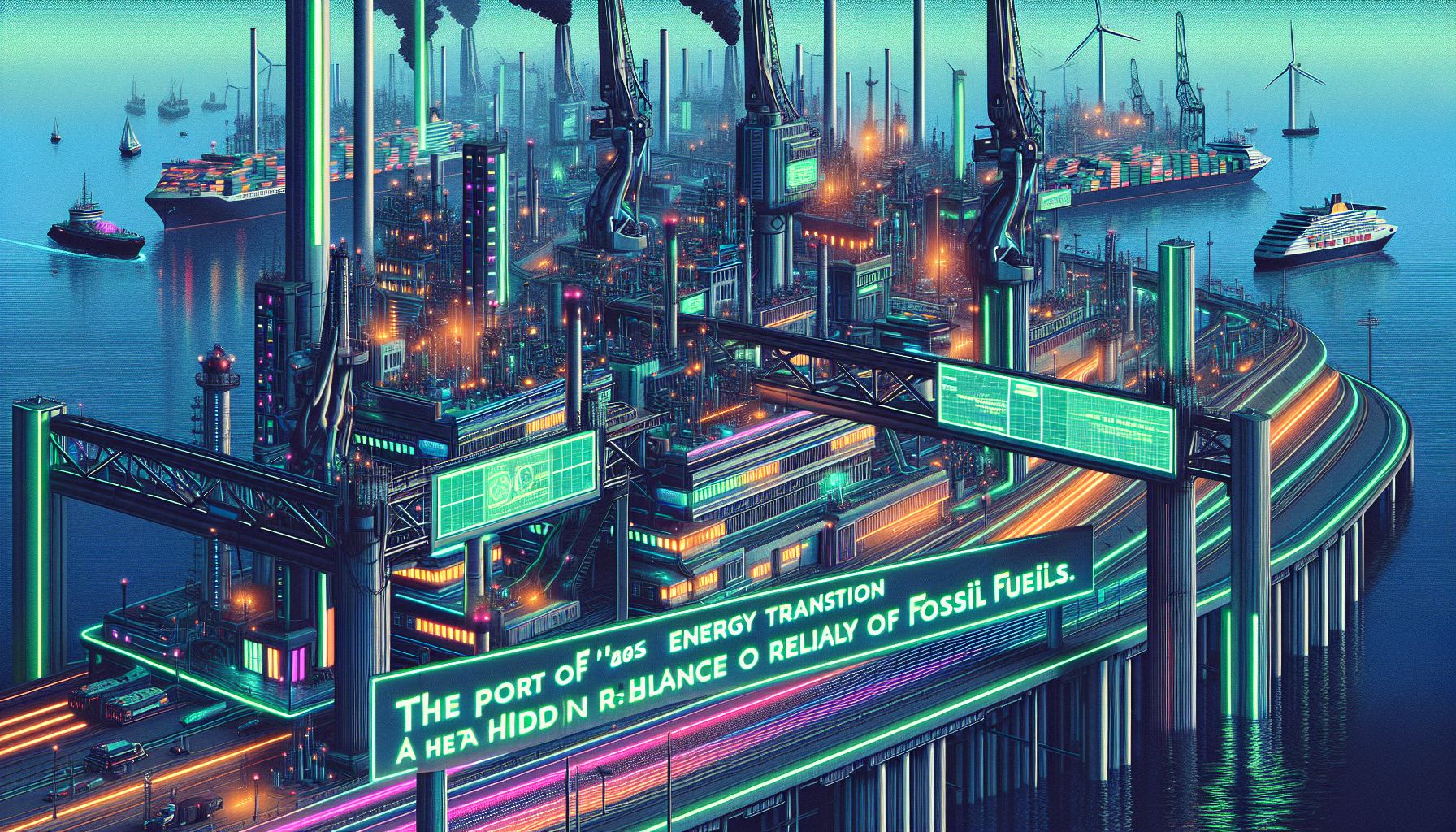Is the Port of Rotterdam Truly 'Green'? Exploring the Hidden Fossil Fuel Reliance

Rotterdam, Thursday, 5 June 2025.
The Port of Rotterdam claims to lead Europe’s green energy transition, yet heavily relies on CCS and hydrogen tech, risking prolonged fossil fuel usage despite public subsidies.
The Hidden Complexity of the Port’s Green Transition
Did you know that the Port of Rotterdam, often hailed as Europe’s green beacon, leans heavily on technologies like CCS and hydrogen production? This approach is causing quite a stir. While they talk about a ‘net-zero’ future, their strategies may actually extend the life of fossil fuels under the guise of innovation [1]. I find it ironic, almost like trying to slim down on a donut diet!
Public Subsidy Scrutiny
Here’s where things get spicy. These ‘green’ ambitions are heavily supported by public subsidies, billed as cutting-edge tech that promises a carbon-neutral future. Yet, the corporate-driven initiatives, especially around CCS, are said to conceal the true emission impacts of the port—more of a smokescreen than a solution [1]. Meanwhile, the industry’s influence over policy-making leaves authorities tight-lipped and subsidies flowing [1].
A Questionable Leaseholding Strategy
You might be surprised to learn how the port’s long-term leases, some lasting up to a century, let major polluters operate without pressing for lower emissions [1]. In the game of climate chess, it appears the polluters are kings on a board rigged for stalemate—no plans for robust emissions cuts but plenty of room to shuffle responsibility around [1].
HyCC’s Big Green Dream
Let’s not forget HyCC’s ambitious H2Next project in Rotterdam—a whopper of an electrolyser aimed at producing 25,000 tonnes of green hydrogen yearly. It sounds grand, but I wonder if it’s enough to offset the carbon expelled by nearby industrial giants [2]. With the first batch expected by 2030, the clock is ticking!
A Ammonia Corridor: A Budding Green Route?
Now, here’s something that might catch your eye—a renewable ammonia corridor between Australia and Germany, with the Port of Rotterdam as a key player. This initiative could meet an estimated 75% of Europe’s ammonia needs by 2030 [3]. However, is the emphasis shifting from sustainable to simply meeting demand? The debate continues.
Conclusion: Genuine Progress or Greenwashing?
The Port of Rotterdam presents its green strategies as transformative, but it’s facing heat for possibly playing both sides. Is this the world’s greenest port, or just the world’s savviest marketer of green? The road to truly sustainable energy might need more than just shiny projects—it needs a heart change in policy and practice. What are your thoughts on navigating this complex transition?